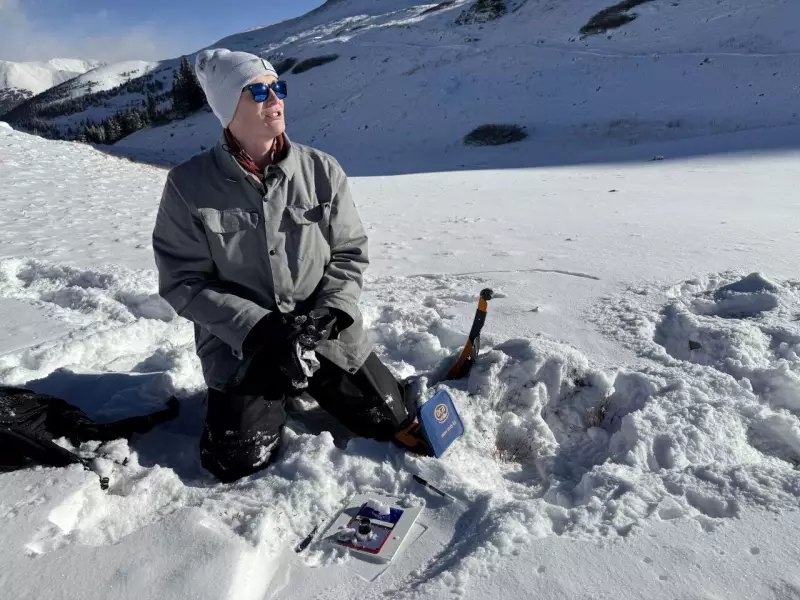
In the treacherous world of backcountry skiing, where split-second decisions can mean the difference between life and death, one innovative Canadian is turning to artificial intelligence to rewrite the rules of mountain safety.
The Game-Changing Technology
Using advanced machine learning algorithms, this pioneering skier has developed a system that analyzes vast amounts of meteorological data, snowpack information, and historical avalanche patterns. The AI processes factors that often escape human detection—subtle temperature fluctuations, wind direction changes, and microscopic snow crystal transformations—to generate highly accurate avalanche forecasts.
Beyond Traditional Forecasting
While conventional avalanche forecasting relies heavily on human expertise and manual snowpack testing, this AI-powered approach offers several revolutionary advantages:
- Real-time analysis of changing mountain conditions
- Pattern recognition across multiple data sources simultaneously
- Predictive modeling that anticipates avalanche probability hours or even days in advance
- Hyper-local forecasts specific to individual slopes and aspects
The Human Element Meets Artificial Intelligence
What makes this approach particularly compelling is how it complements rather than replaces traditional backcountry knowledge. The developer emphasizes that the AI serves as an additional tool in the safety arsenal—enhancing human judgment with data-driven insights that would be impossible to calculate manually.
"This isn't about replacing experience and intuition," the creator explains. "It's about giving backcountry enthusiasts access to computational power that can spot patterns invisible to the naked eye."
Potential Impact on Mountain Safety
The implications for backcountry safety are profound. Each year, avalanches claim lives across Canada's mountain regions, often catching experienced skiers and snowboarders by surprise. This technology could provide earlier warnings, more precise danger assessments, and ultimately, fewer tragedies in the backcountry.
As testing continues and the AI system learns from more data, the potential for integration with existing avalanche warning systems and mobile applications could make advanced forecasting accessible to every backcountry traveler.





